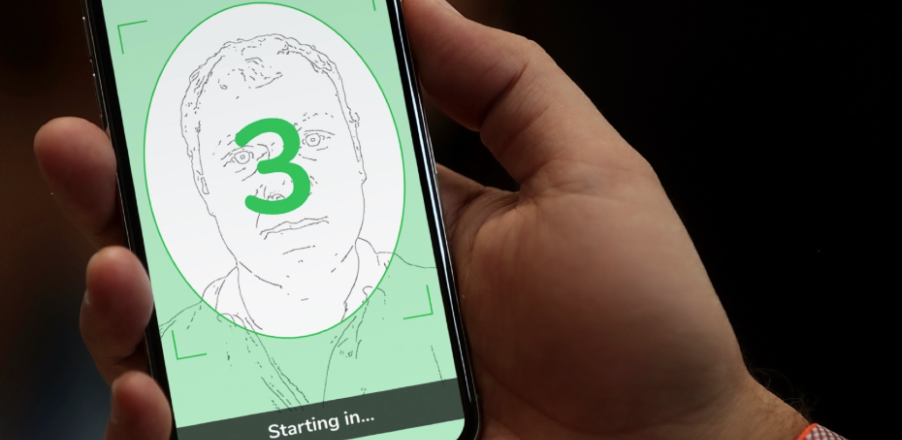
By:
Eric De Grasse
Chief Technology Officer
7 October 2020 (Paris, France) – The travel industry is finding its way around COVID-provoked limitations. Where once travelers were promised a “seamless” experience, they are now promised a “touchless” one, we learn from PhocusWire’s piece, “Touchless Tech: The Simple – and Advanced – Ways Ground Transport Providers Are Encouraging Travel”.
Some measures are low-tech, like pledges to clean thoroughly, glove and mask use, and single-passenger rides instead of traditional shuttles. However, others are more technically advanced. The role of facial recognition in “touchless tickets” caught my eye. Writer Jill Menze reports:
“On the rail front, Eurostar has tapped facial-verification technology provider iProov to enable contactless travel from United Kingdom to France. With the solution, passengers can be identified without a ticket or passport when boarding the train, as well as complete border exit processes, at St. Pancras International station without encountering people or hardware.
‘What we’re trying to facilitate for the first time ever is a seamless process of going through ticket and border exit checks contactlessly and more fluidly than it’s ever been possible before using face verification,’ iProov founder and CEO Andrew Bud says. ‘That means, instead of checking people’s ID when they arrive, you check their ID long before. The idea is that you move the process of checking IDs away from the boarding point to the booking point.’
During booking, Eurostar will offer travelers an accelerated pre-boarding option, which allows passengers to scan their identity documentation using Eurostar’s app before using iProov’s facial biometric check, which uses patented controlled illumination to authenticate the user’s identity against the ID document. After that, travelers would not have to show a ticket or passport until they reach their destination.”
Eurostar plans to enact the technology next March, and Bud says other railway entities have expressed enthusiasm.
This is an interesting use of facial recognition tech. It seems getting back to business is powerful motivation to innovate. And it addresses an issue I have raised in previous posts: the slow but continuing expansion of facial recognition technology, despite the public uproar. There has been a quiet marketing of using facial recognition technology for “authentication” vs “identification”. Apple’s Face ID has helped increase awareness of facial biometric software, but it is not without its fault and it’s why marketers are making that a distinctive sell point: authentication versus identification. Genuine presence is a very hard problem — it’s much harder than checking someone is who they say they are.
A person’s face is not secret. With the advent of social media, a hacker doesn’t have to steal a face. An individual’s face is a public credential and therefore, the real problem is: how do you tell whether you’re looking at a genuinely present face or a copy of the victim’s face? As organisations continue to adopt biometric authentication, businesses’ must be able to detect fraudulent identities.
It seems iProov has solved this conundrum. The tech is tricky and I need to save some firepower for a long facial recognition technology post I am working on (short version: facial recognition technology is here to stay, folks) so let me just quote a bit from the iProov tech specs:
Our flashmark technology uses the screen of the user’s device to illuminate the person’s face with a rapidly changing sequence of colours. And while that’s happening, we stream video of their face back to our servers. From the way that the light reflects and interacts with the face, we can tell whether it is a live skin-covered three-dimensional human face shaped object or not. On top of that, the sequence of colours is different each time, it’s like a multi-coloured encrypted timestamp.
We look at these sequence of colours reflected from the person’s face and if it’s the correct sequence, then we know that they’re present now. But if it’s the wrong sequence, we know we’re looking at a recording or a pre-created fake video.
Plus the tech has 12 biometric facial markers for authenticity.
More to come.